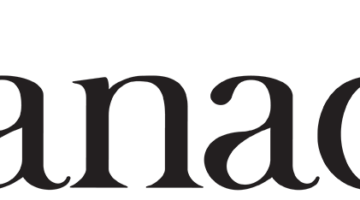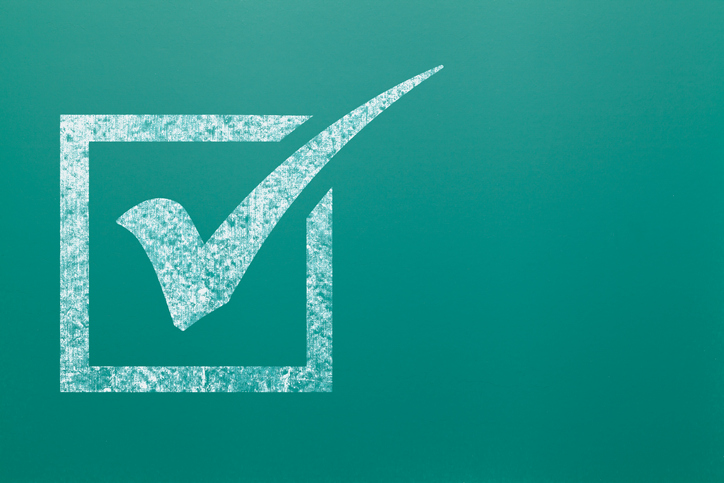More than two-thirds of the nation’s new prescriptions in 2014 were transmitted electronically over the wires of Surescripts, the healthcare connectivity network announced Tuesday.
In all, Surescrips processed 6.5 billion healthcare data transactions last year, more than the 6 billion processed by American Express and the 4.5 billion carried over the PayPal network, according to the annual Surescripts National Progress Report.
While e-prescribing is Surescripts’ historical strength, network volume was 1.2 billion — or 67 percent of all new prescriptions written in the U.S. last year — but less than 20 percent of total transaction volume. Instead, the company has moved far beyond its roots of late to handle other forms of secure, online healthcare communication, most recently venturing into long-term care.

With the Rise of AI, What IP Disputes in Healthcare Are Likely to Emerge?
Munck Wilson Mandala Partner Greg Howison shared his perspective on some of the legal ramifications around AI, IP, connected devices and the data they generate, in response to emailed questions.
“There are other use cases that are starting to come along, other [forms of] interoperability,” David Yakimischak, senior vice president of information systems at Surescripts, told MedCity News ahead of the report’s release. E-prescribing is approaching the 80-85 percent Surescripts sees as the full potential of the market for now. “You’re starting to see the flattening of the curve,” Yakimischak said.
About 56 percent of all U.S. physicians prescribed electronically in 2014, and 95 percent of pharmacies were on the Surescripts network. “We’re not going to go backwards,” said Yakimischak.
Surescripts is going forward in other areas for sure, if the numbers are accurate. The Arlington, Va.-based network reported processing 764 million transactions related to medication history last year, with particularly high growth coming from emergency departments and other acute care settings. Surescripts is starting to see movement in clinical messaging such as discharge summaries and patient referrals, as volume soared by 1,300 percent to 7.4 million messages in 2014.
In 2015, Surescripts expects e-prescribing of controlled substances to accelerate as law enforcement sees the technology as an asset in the fight against abuse of opioids and other addictive prescription drugs. The Drug Enforcement Agency legalized EPCS in 2010, but adoption has been slow because technology vendors had to get their systems certified to DEA security standards and because some states still banned the practice. That is changing rapidly, though.
New York state had outlawed e-prescribing of controlled substances until 2013, when the state passed a law that actually mandating it by March 27, 2015. Enforcement has been delayed a year, however, but Yakimischak is still optimistic. “We expect this year and next year to have real growth in that,” he said.
Surescripts processed just 1.67 million prescriptions for controlled substances in 2014, but that still represents a 400 percent increase over the previous year. While 73 percent of pharmacies meet DEA standards to receive and fill e-prescriptions for Schedule II drugs, only 1.4 percent of prescribers have the necessary technology, Surescripts reported.
According to Surescripts, the top 10 states for e-prescribing of controlled substances in 2014 were (corrected; Surescripts sent an incorrect list prior to public release of the report):
- Nebraska
- California
- Michigan
- Massachusetts
Rhode IslandDelawareArizonaIllinois- Iowa
IllinoisRhode IslandDelawareArizonaOregonMinnesota
Next up on the list of problems for Surescripts to address is the general lack of interoperability of health data. “There are other use cases that are starting to come along,” Yakimischak said.
“We’re still in the ‘sneakernet‘ days of healthcare,” Yakimischak explained, referencing a 1990s term for moving files around by physically taking a floppy disk from one computer to another. “We have to inter-network healthcare.”














